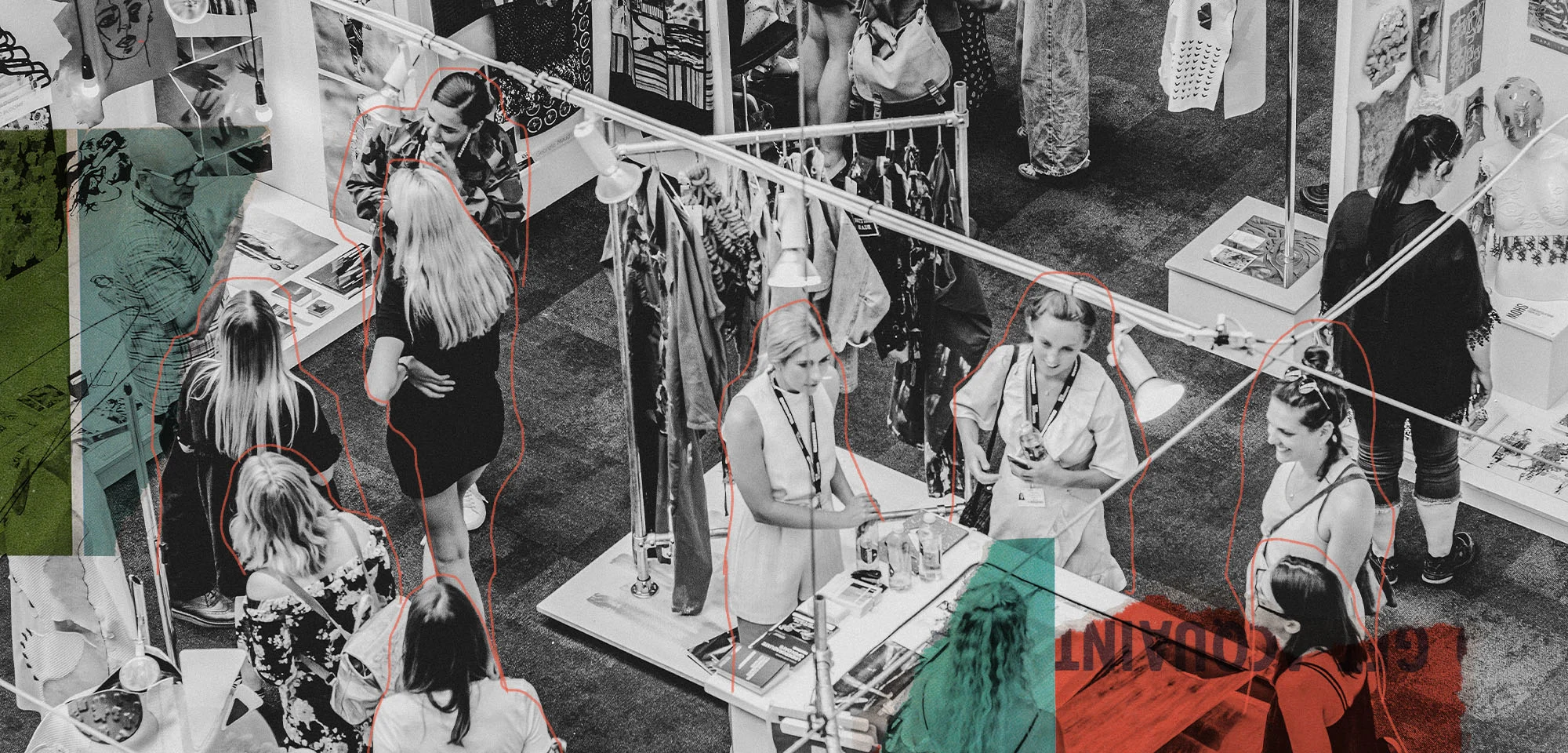Doing Good with Your Business
- 14 April 2022
- ByAnna Brones
- 2 min read

Art can be a catalyst for change, helping to shift our perspectives and increase empathy. The business of art can also serve a similar function, helping to raise awareness and financial support for organizations. As small business owners, we can actively use our businesses for good.
Despite the tumultuous year brought on by Covid, in 2020 individuals in the United States donated more money than they did the year before. Meanwhile, corporate donations dropped about 6% compared to 2019. While we often tend to focus on the big amounts that corporations are able to give (just envision all those oversized checks that make for great photo ops), individual donations account for over two-thirds of all giving, proof that small amounts do add up to something larger.
As small business owners, we may not feel anywhere remotely close to corporations with billion-dollar revenues, but we also have the capacity to raise more money than we might have done simply as an individual. Artist Aysha Tengiz views the ability to use her artwork to raise money as an important tool. “I couldn’t donate the amount I’d like to from my income alone, but through raising the money through my practice, it extends what I’m able to donate,” says Tengiz, who recently sold a print in support of Choose Love’s fundraiser for the Ukrainian crisis.
World-famous artist Banksy has made a career out of combining art and social justice, raising millions for charity through the sales of artwork. As Banksy once stated, “This is the first time the essentially bourgeois world of art has belonged to the people. We need to make it count.”
But how exactly do we make it count? As individuals, creating change and having an impact can feel difficult. We’re often not able to move the needle as much as we want, but we collectively have great power. To Banksy’s point, reshaping how we view art — and the good art can do — can energize our place in the collective.
Part of using our businesses for good is the work itself—how we produce our art, what materials we use, how we pay and treat other people we might work with, the subject matter of our work, etc. We have the opportunity to build our businesses in an ethical and just manner. The other component is financial, using our businesses to raise and donate money. We can do this on an individual level, and there are also organizations like 1% For the Planet who have already built a financial framework for philanthropy that businesses can plug into.
There’s a very personal element to building philanthropy into your business: raising money through the sale of artwork can often feel like a very tangible action in the face of problems that feel insurmountable. “I’m not homeless, my country is safe, and I’m not an endangered bird. Making illustrations that raise awareness for these things takes away some of those helpless feelings,” says Tengiz.
Some artists make specific work that speaks to a cause or organization, and others build their entire business around it. Sarah Aversano started the candle company Sniff & Rescue in 2017. Centered around making a product that help humans feel cozy and comfortable in their home spaces, Sniff & Rescue extends those same values to the canine world by supporting animal rescues. Every month the company donates 10% of all proceeds to a different animal rescue. “We believe in spreading the wealth,” says Aversano. “We're able to raise awareness for rescues who may just be getting started, having a rough intake month, or are in need of additional support in other ways than just monetary.”
There are all kinds of ways to raise money through the sale of your artwork, from donating a percentage of overall sales, to choosing one specific product and linking it to the support of an organization. For artists considering fundraising through their work, Tengiz notes that “it’s important to be strategic with marketing when fundraising. Sales fly up when you’re selling products for charity, people get something new plus they’re doing a good deed.” Transparency and accountability are also essential, because you want your customers to know where their money is going. It’s important “to be clear where the money is going and why it’s important that it goes there,” says Tengiz. Communicating how much money you have raised may feel uncomfortable, but it also creates accountability and lets your customers know the overall impact they have contributed to.
If you’re considering fundraising with your shop, there are some good basics to follow, like keeping track of your donations and receipts for tax time, but there’s no one perfect model. As the artist you get to determine what feels important for you. Start with a few questions:
What do you want to be an advocate for?
Do you want to create work that speaks to a certain cause?
Who do you want to support?
How is your donation creating impact?
You can’t raise money without promoting your work, but it’s also important to find a good balance. “It can be a bit scary sharing charity work,” says Tengiz. “I get anxious thinking the posts and emails say ‘look at me, I’m such a good person.’”
There’s no denying that selling a product that has a percentage of sales going to a certain cause creates a buzz, and often an increase in sales. Donating, whether on an individual or business level, isn’t always driven by altruistic reasons (it’s actually interesting to note here that some studies have shown that anonymous giving has bigger benefits for the person donating).
“Cause marketing,” sometimes also referred to as “consumption philanthropy” comes with its costs. As Nathan Washatka wrote for Philanthropy Daily, “In our age of unfettered consumption, the relentless cycle of acquisition and discarding will wear you down and leave you feeling empty. Cause marketing seems to offer the chance to introduce a certain coherency to our lives.” It’s important to be mindful that while raising money often makes us feel good, it’s not necessarily contributing to the systemic change required on some of the larger issues we might be advocating for. If we are using our businesses to raise money, we are doing so within a capitalist framework.
Does this mean you shouldn’t take a stand with your work? Absolutely not! Imagine what would happen if we collectively committed to advocating for change. If you’re using your business to raise funds and awareness, be mindful of how you share what you’re doing, how you’re raising money, and what you’re doing it for. And be clear about what your goals are and in communicating them. Even if you feel a little uncomfortable, as Tengiz points out, “if you don’t share the campaign or tell anyone about it, you will undoubtedly raise a lot less money.” Take the time to do your research, too, and ensure that where your money is going has an impact. If you choose smaller organizations, you can also work directly with them, or even ask what their needs are so that you can help better support them.
We often gravitate towards financial support because it feels impactful, and it’s a straightforward way to help out. But you may also want to consider other ways that your art has the capacity to do good. Can you donate prints for educational purposes? Can you create art for a local event or cause? How else can you lend your tools, your hands, or your mind to further their mission?
Our modern world is overwhelming, and it often feels difficult to know what to do or how to have impact. But the main point is that you try, see what works, and adapt as need be. As Tengiz points out, “It’s important to just do what you can, even if it feels small — because every donation counts.”
14 April 2022
Words by:Anna Brones
- Share

